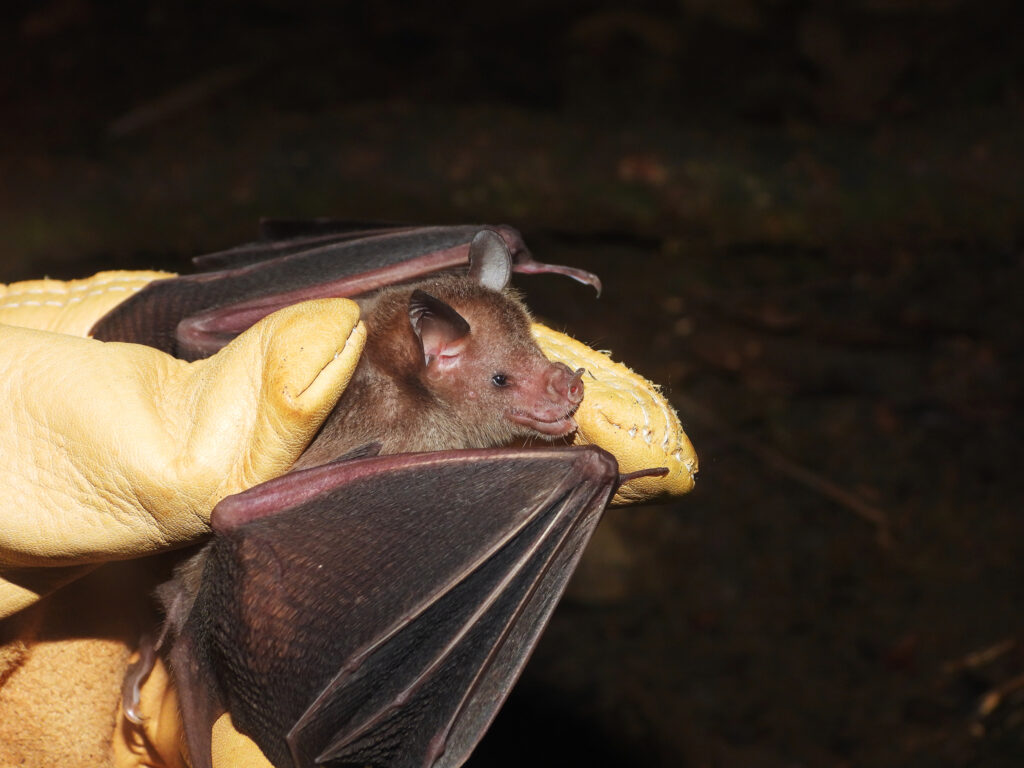
Erophylla bombifrons
Overview
Erophylla bombifrons, commonly known as the buffy flower bat or Antillean flower bat, is a species of nectar-feeding bat endemic to the Caribbean. It belongs to the family Phyllostomidae and plays an important ecological role as both a pollinator and seed disperser in tropical island ecosystems.
Morphology and Identification
This bat is relatively small, with a short snout and a broad face covered in soft, buff-colored fur—hence the name “buffy.” It possesses a well-developed noseleaf, characteristic of many phyllostomid bats, and has a moderately long tongue suited for nectar feeding. Its dentition reflects an omnivorous diet, allowing it to consume nectar, pollen, fruits, and insects.
Feeding Behavior and Ecology
Erophylla bombifrons visits a variety of night-blooming flowers to feed on nectar and pollen, contributing to the pollination of plants like Crescentia and Ceiba. It supplements its diet with fruit and small insects, making it an important generalist in the ecosystems it inhabits. The species is often observed foraging in groups, moving between feeding sites during the night.
Habitat and Distribution
This bat is found across several Caribbean islands, including Hispaniola, Puerto Rico, and the Virgin Islands. It typically roosts in caves, rock crevices, and occasionally in buildings. Erophylla bombifrons prefers humid forests but can also adapt to drier habitats and human-altered landscapes.
Conservation Status
Although not currently considered threatened, Erophylla bombifrons may face pressure from habitat degradation, cave disturbance, and deforestation. Continued monitoring and habitat protection are essential to maintain healthy populations and preserve its ecological functions in pollination and seed dispersal.
